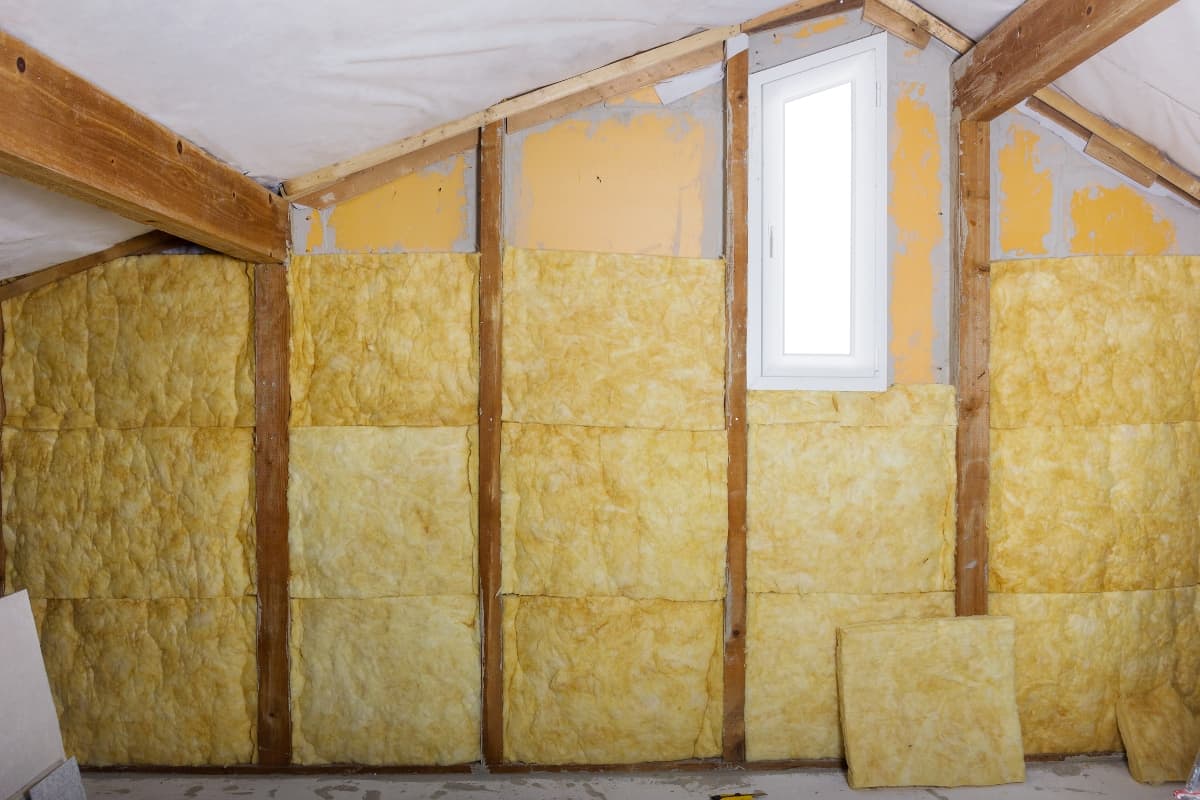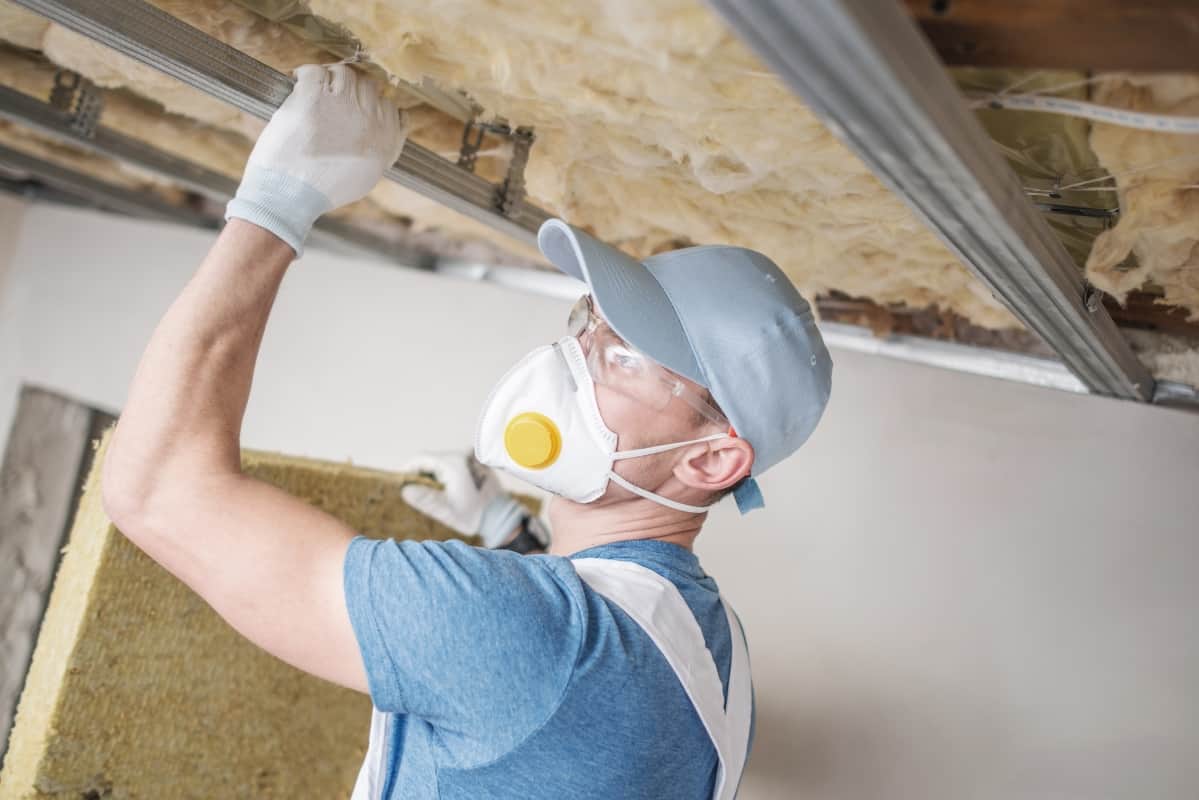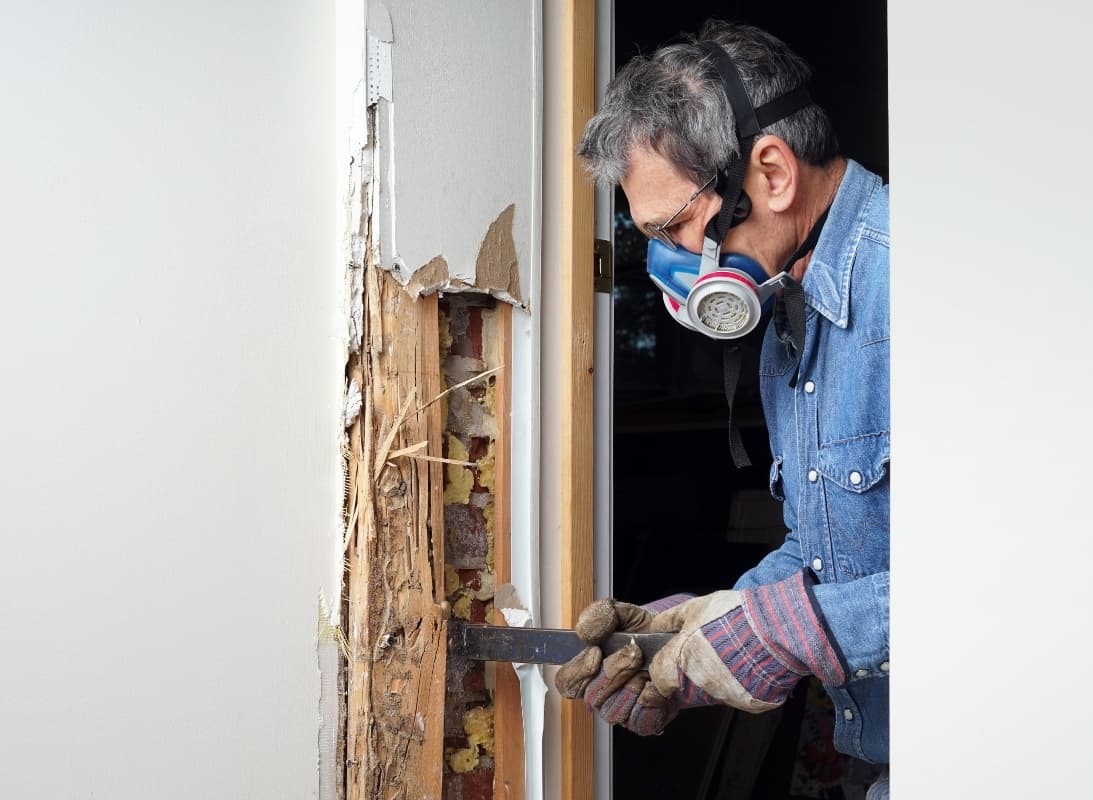
Hot air rises, and so will your energy bill if you have a poorly insulated attic. During fall and winter, 25% of heat escapes through the attic. That’s 25% of your heating costs wasted on heat energy that doesn’t do its job.
This is why proper attic insulation is crucial to achieving an energy-efficient home. The insulation forms a barrier between your attic and the outside temperature, keeping the inside of your home warm in the winter months and cool in the summer.
But the attic also tends to be the least visited space in most houses, so many homeowners don’t realize when their attic insulation has issues or isn’t working at all. This results in your home’s temperature being poorly regulated and your energy bills skyrocketing.
As such, it’s important to check your attic insulation and identify any problems so you can solve them right away. We listed some of the most common attic insulation problems below.
-
Uneven insulation material
Some homeowners choose to DIY their attic insulation. And while this can be done, not only can it be potentially disastrous, it can also lead to uneven insulation application.
When the insulation material is unevenly distributed, it results in different R-values or thermal resistance in the attic. That means one part of your attic may have higher thermal resistance while the others may let in more heat flow.
Solution:
Instead of suffering the consequences, such as higher energy bills and poor temperature regulation, it’s best to leave the attic insulation job to professionals.
-
Collapsed or compacted insulation
The attic acts mainly as a storage space for boxes and bulky items that are not in use. But when your attic is too crowded and the boxes press against the insulation, the latter becomes compressed and loses its ability to insulate.
When attic insulation gets compressed or completely deteriorates, its R-value decreases. And when your attic insulation’s R-value decreases, so does your attic’s thermal resistance, making your house less energy efficient.
Solution:
Avoid collapsed or compacted insulation by keeping heavy boxes and other bulky items off the insulation material. Instead of placing all the items on the floor, install shelves and other storage solutions that will relieve the weight from your attic insulation.
You can also install solid flooring on top of your attic insulation so you can place items on the floor without directly putting weight on and possibly damaging the insulation material below.
-
Nonexistent skylight shaft insulation
If you have a skylight, there must be a shaft in the attic that runs from your roof, passes through the attic, and ends at your ceiling. The part exposed in your attic needs to be insulated, too, but many don’t bother with this step.
With sunlight passing through the skylight, heat goes through the shaft. Similarly, cold temperature creeps in during winter. If left uninsulated, the shaft will be a point of low thermal resistance in your attic, leading to ineffective attic insulation.
Solution:
Make sure to insulate around the shaft and seal it properly. Insulation installed onto skylight shafts is prone to becoming loose and falling to the floor, so it’s best if it gets sealed.

-
Missing insulation from repaired spaces
If you have proper attic insulation but have since made repairs to your attic, you might have missed fixing the insulation as well.
Attic repairs may move around or completely remove the insulation material. Once the project is done, you or your contractor may forget to replace it. As mentioned before, if your attic insulation has bald spots, those parts have less thermal resistance and will let out heating or cooling energy.
Solution:
If you’re doing repairs, put insulation on your checklist of things to accomplish. And if you’ve done repairs in the past and know that you didn’t replace the insulation, check it now and insulate as soon as possible.
-
Uninsulated access to the attic
According to the U.S. Department of Energy’s guide of where to insulate in a home, attic doors must be insulated. Otherwise, they’re like holes in the layer of insulation covering your attic floor that facilitate heat transfer.
Solution:
Prevent energy loss in your home by insulating access to your attic.
If you have an attic hatch or a scuttle hole, which is a removable panel in your ceiling leading to the attic, you need to weatherstrip the trim of the hatch, attach layers of foam board to the panel, and install your choice of insulation on top.
Keep the R-value of the insulation of the hatch’s removable panel the same as that of the insulation in the rest of your attic.
If your attic access is through a set of pull-down stairs, you can insulate it by weather stripping the perimeter of the frame and building an insulation foam box topped with batt insulation in the attic to enclose the stairs.
If your attic is accessed through knee wall doors, make sure to buy knee wall doors with built-in insulation.
If this is not an option, you can seal it the same way you seal an attic hatch: by weather stripping the frame and attaching foam insulation to the attic side of the door.
-
Blocked attic ventilation
Lack of ventilation in the attic results in either a hot attic in the summer or a wet attic in winter. Sometimes, insulation blocks the soffit vents in your attic—this is a vent that allows air to flow into the attic, keeping it cool in the summer and allowing moisture to evaporate.
If your insulation blocks these vents, it contributes to attic condensation and moisture. This can result in the growth of mold and mildew, which can put your health at risk.
Solution:
Avoid the hazards of inhaling or ingesting mold and mildew by making sure the vents in your attic are clear of any insulation materials and other blockages.
Since your insulation materials can move or fall, especially if they’ve been installed for more than a decade, it’s best to check your attic regularly and make sure they are not blocking the soffit vents.

-
Pest infestation
The attic is often dark and undisturbed, making it a perfect hideaway for pests, insects, and small animals. Attics with inadequate insulation are especially attractive to these pests, which thrive in places with excessive moisture. They also use exposed insulation materials to build their nests.
Some of the pests you’ll likely find in your attic are:
- Birds
- Bats
- Mice
- Raccoons
- Cluster flies
- Squirrels
Solution:
Keep your attic free of pests by finding and sealing all cracks, gaps, and holes. Make sure also to replace the insulation material in these spots to restore thermal resistance in your attic.
If there’s already an infestation, call your local extermination company to get rid of the pests. Then, fix all the holes they might have made through the attic insulation.
-
Inadequate R-Value
As mentioned earlier, the R-value of your insulation indicates your attic’s thermal resistance or ability to regulate the temperature in your home. The higher the R-value, the greater the insulation.
But each insulation material has a different R-value, determined by its density and thickness. The R-value also depends on the number of layers for multilayered attic insulation.
Additionally, the recommended R-value depends on the climate in your area, your HVAC system, and which part of the house you want to insulate.
If you install insulation with an inadequate R-value, the temperature in your home will not be properly regulated, and you will not be able to maximize the energy efficiency that attic insulation brings.
Solution:
According to the Department of Energy, attic insulation should at least be R-30. However, this is the minimum and depends on which climate zone you belong to.
Those in Zones 1 to 5, for example, require attic insulation of at least R-38, while those in Zones 6 to 8 would need at least R-49 attic insulation.
Types of Attic Insulation
The two common types of attic insulation are blown-in insulation and batt insulation.
- Blown-in Insulation
Also known as loose-fill insulation, this type comes in tiny chunks of insulation material, such as fiberglass, blown in using a machine. It has an R-value of approximately 2.5 per inch, so you need a thick layer to achieve adequate attic insulation.
- Batt Insulation
On the other hand, batt insulation comes in rolled-up sheets with the insulation material held in place by adhesive binders like reflective foil. It is easy to install and has an R-value of about 4.3 per inch.
Get Adequate Attic Insulation from Experts
A+ Insulation is a Kansas City-based insulation company that professionally installs insulation in different parts of the home, including the attic.
Our expert attic insulation contractors even install cathedral ceiling insulation and other forms of insulation for tight spaces between your roof and your ceiling.
Let our licensed, knowledgeable team of attic insulation professionals evaluate your Kansas City home’s insulation needs. Call us at (913) 674-9913 to schedule a free, no-obligation inspection and estimate.